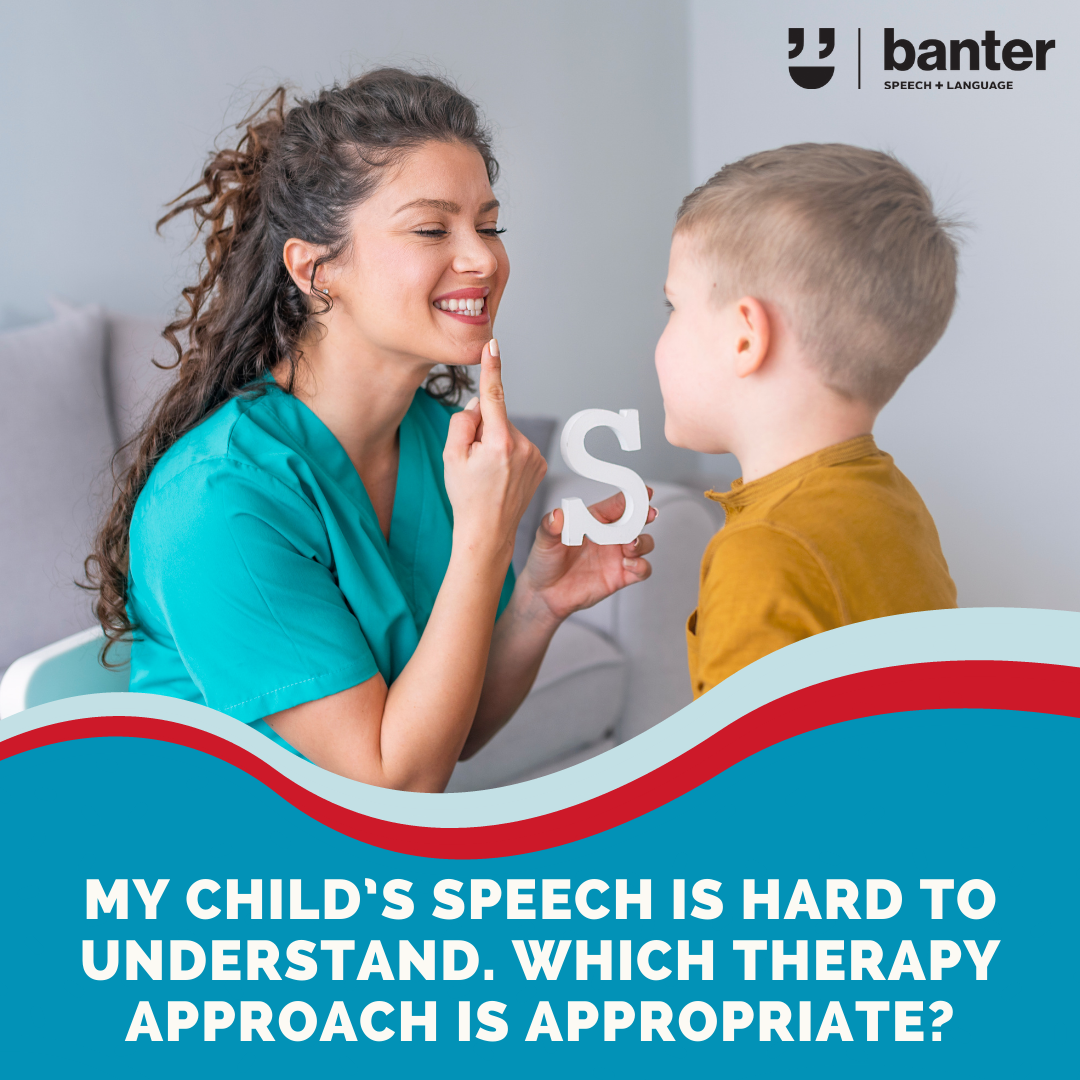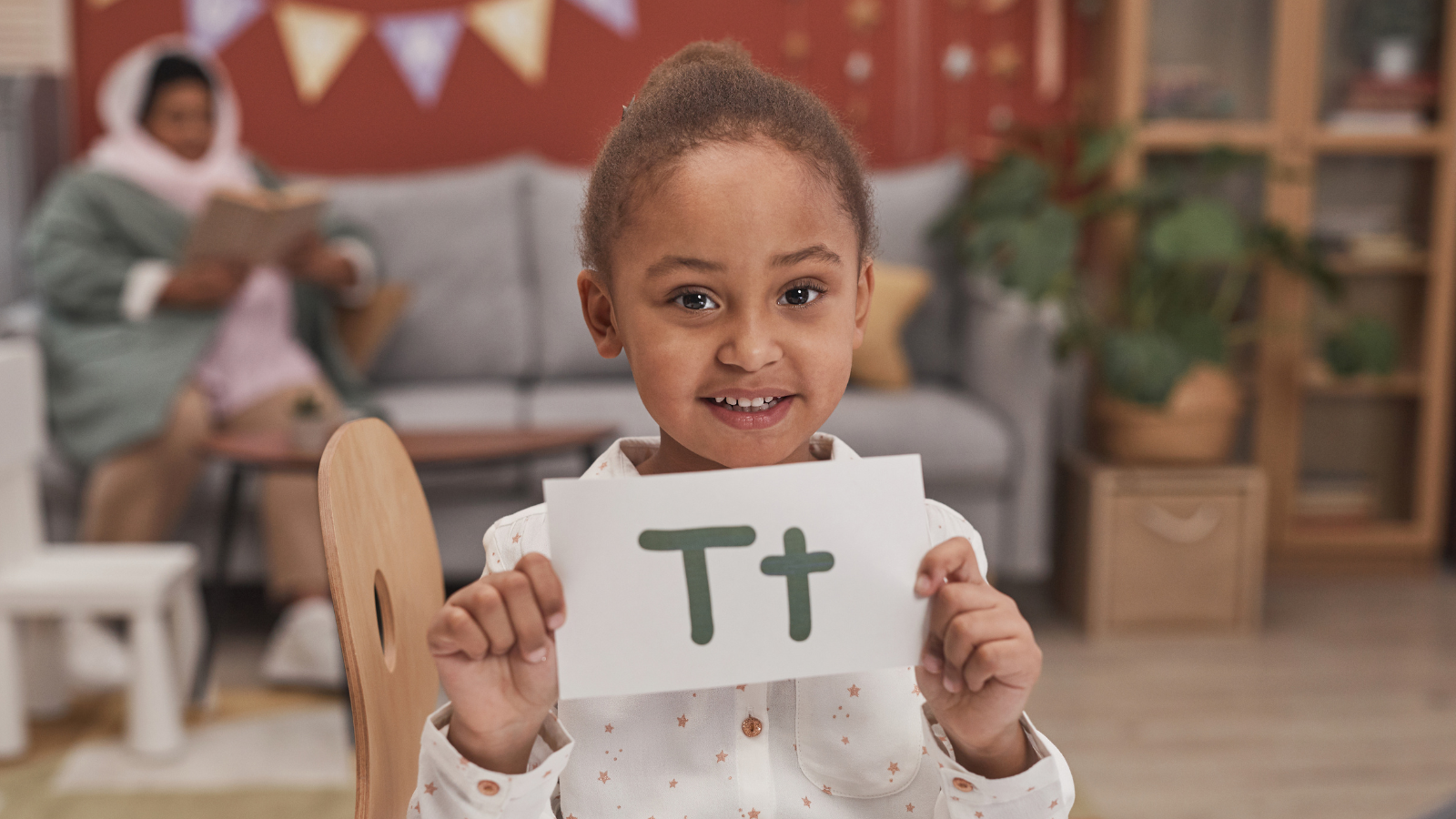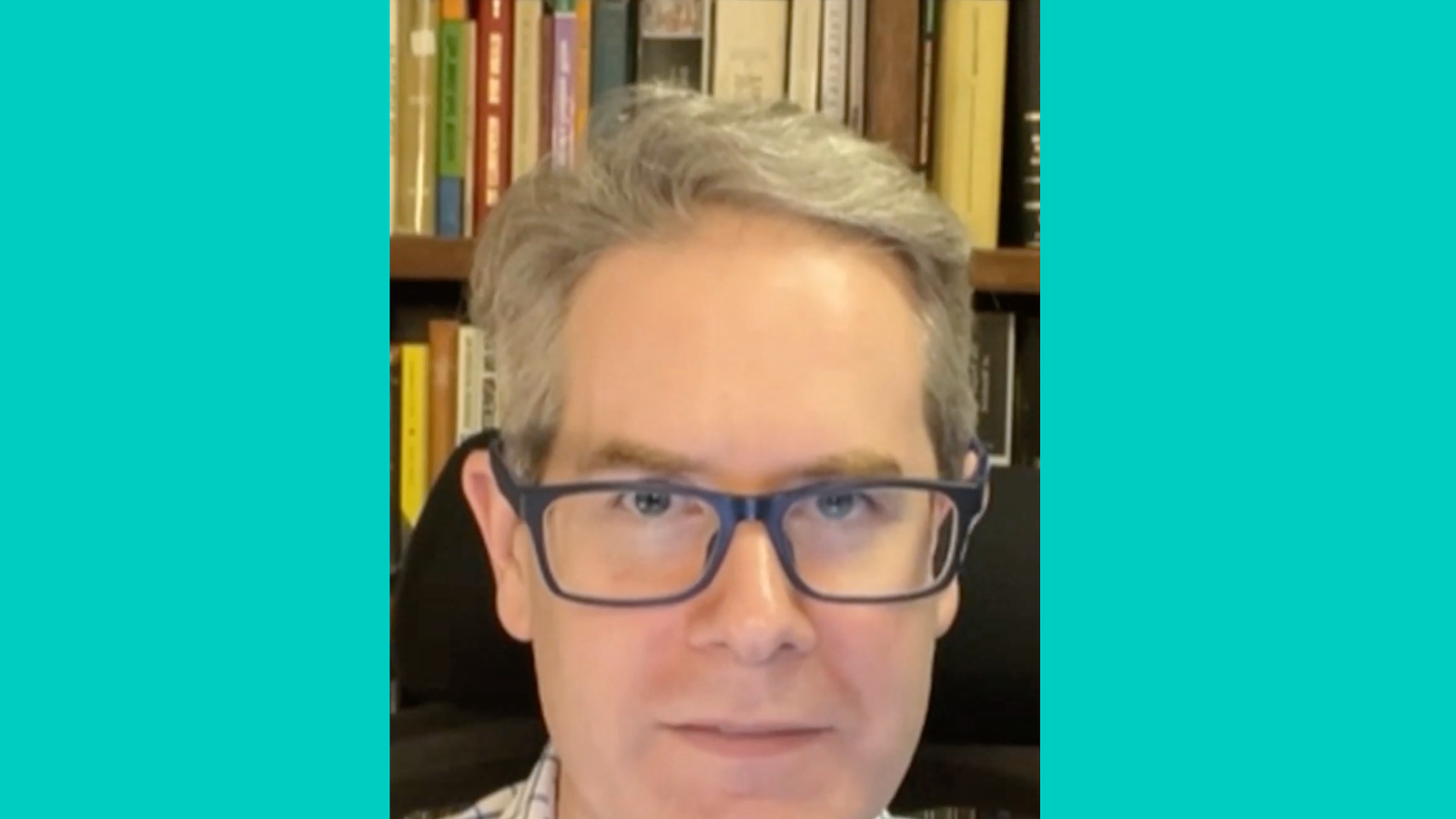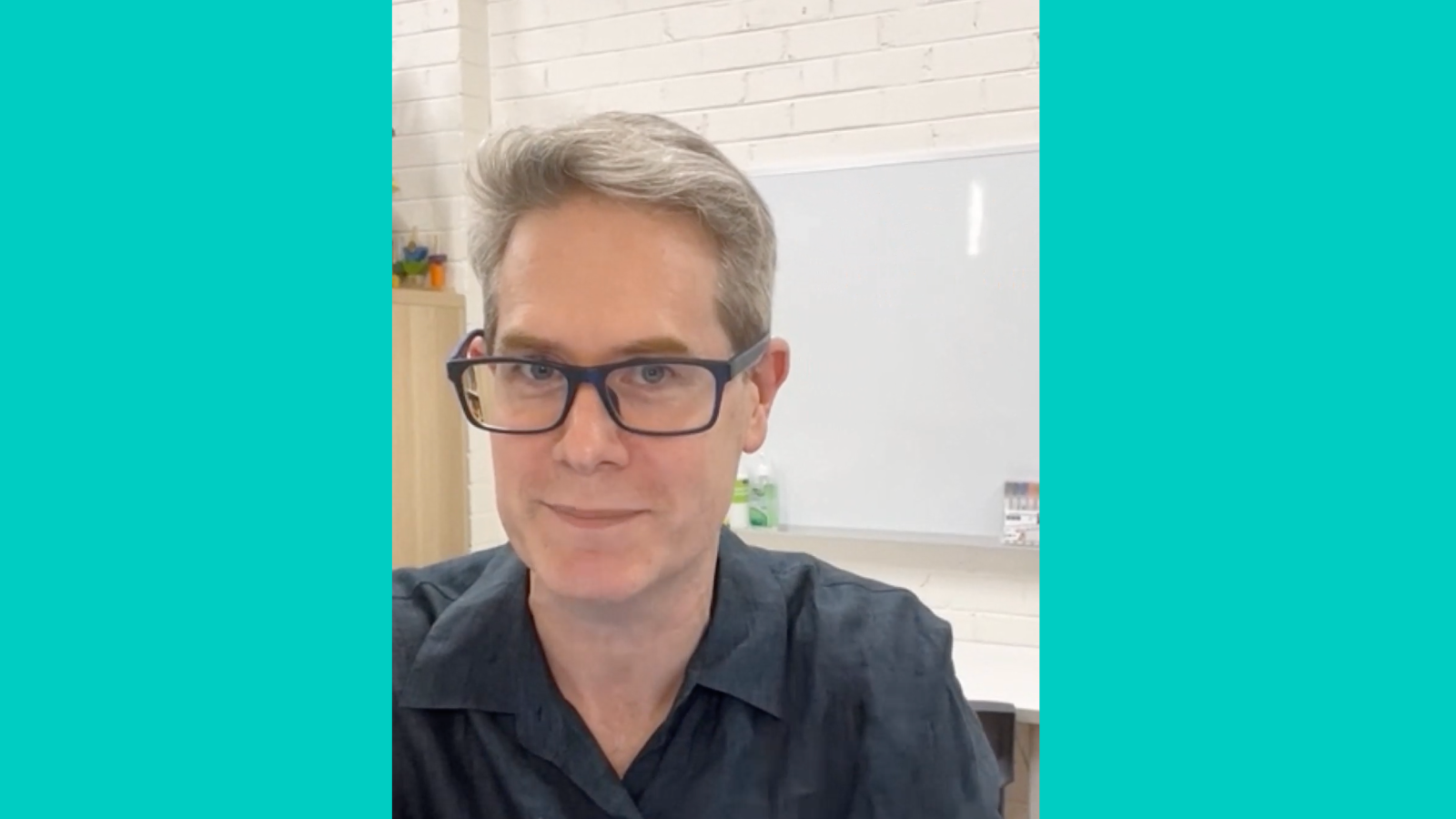My child’s speech is hard to understand. Which therapy approach is appropriate?
Speech sound disorders are some of the most common communication disorders for preschoolers.
Having a speech sound disorder increases risks for later difficulties with school performance, reading, social skills, and employment opportunities. Early help from a speech pathologist is recommended.
No universal treatment solution exists for speech sound disorders, in part because of the:
- diversity of people with speech issues; and
- number of speech sound disorder subtypes and causes, including motor programming issues (as in childhood apraxia of speech), and speech issues associated with sensory or anatomical differences (e.g. hearing impairments and cleft palates).
For the majority of children with speech sound disorders, there is no known cause.
Speech error types include:
- articulation-based errors that don’t on their own have a major impact on speech clarity, like lisps; and
- phonologically-based, patterns of errors, which affect multiple speech sounds across different classes, and which can make children hard to understand.
Some children make both types of errors.
Which approaches are appropriate?
- For children with isolated articulation errors, traditional motor-based articulation approaches and treatments based on principles of motor learning may be appropriate.
- For children with mild-to-moderate, consistent phonological deficits, Minimal Pairs therapy may be appropriate.
- For children with moderate-to-severe phonological deficits that include the use of a “preferred” speech sound, Multiple Oppositions therapy may be appropriate.
- For children with phonological deficits and who cannot say six or more speech sounds, Maximal Oppositions therapy may be appropriate.
- For children with multiple patterns of phonological errors who are very hard to understand, Cycles phonological remediation and Complexity therapy approaches may be appropriate.
Summaries of these treatment approaches are available here on our website (see ‘Related articles’ below). In practice, many speech pathologists ‘mix and match’ different approaches to tailor therapy for the client in front of them.
We need more, higher quality research studies to guide us on which approaches are more effective than others, and when, to help children with speech sound disorders.
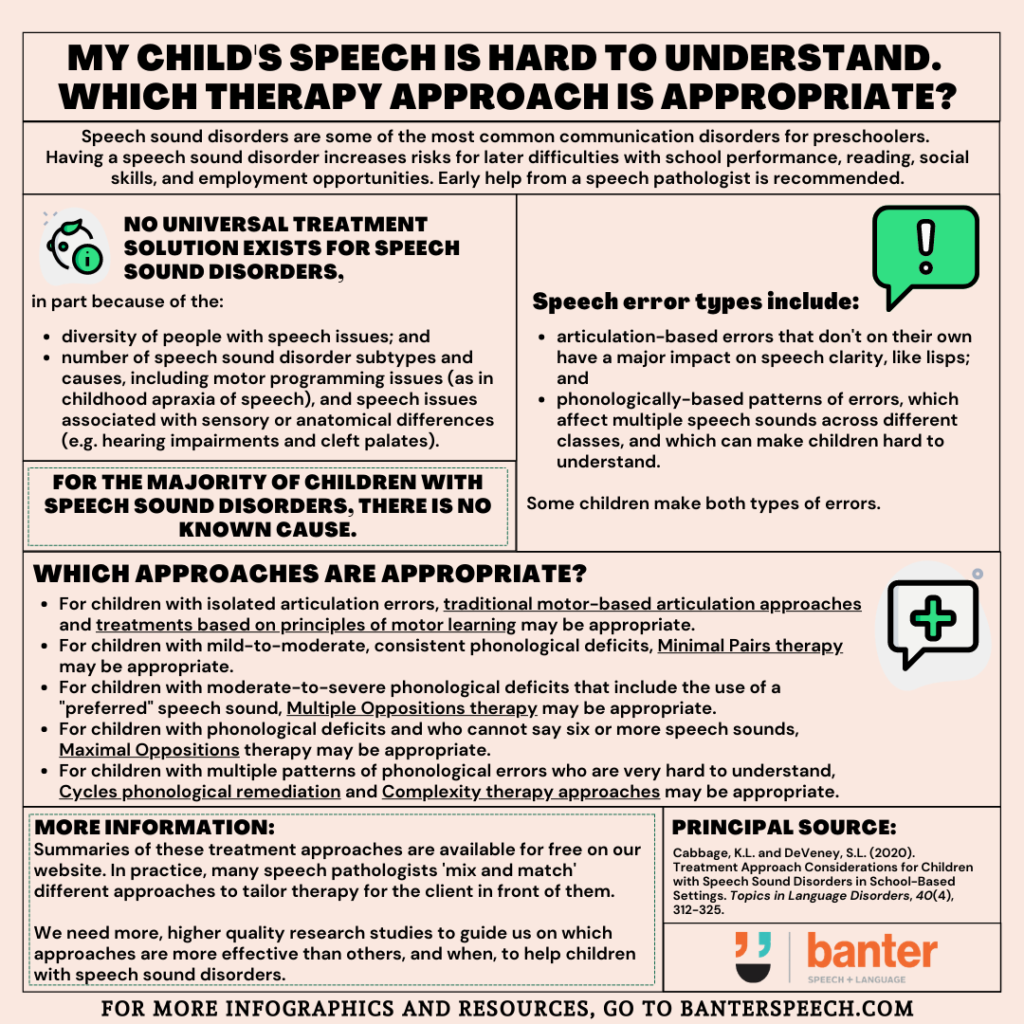
For an accessible audio version of the infographic, check out our video below:
Principal source: Cabbage, K.L. and DeVeney, S.L (2020). Treatment Approach Considerations for Children with Speech Sound Disorders in School-Based Settings. Topics in Language Disorders, 40(4), 312-325.
Related articles:
- How to treat speech sound disorders 1: the Cycles Approach
- How to treat speech sound disorders 2: the Complexity Approach
- How to treat speech sound disorders 3: Contrastive Approach – Minimal and Maximal Pairs
- FAQ: 10 common speech patterns seen in children 3-5 years of age – and when you should be concerned
- FAQ: Lisps
- How to use principles of motor learning to improve your speech
- Beyond flashcards and gluesticks: what to do if you or your 9-25 year old still has speech sound issues
- Lifting the lid on speech therapy: How we assess and treat children with unclear speech – and why

Hi there, I’m David Kinnane.
Principal Speech Pathologist, Banter Speech & Language
Our talented team of certified practising speech pathologists provide unhurried, personalised and evidence-based speech pathology care to children and adults in the Inner West of Sydney and beyond, both in our clinic and via telehealth.

